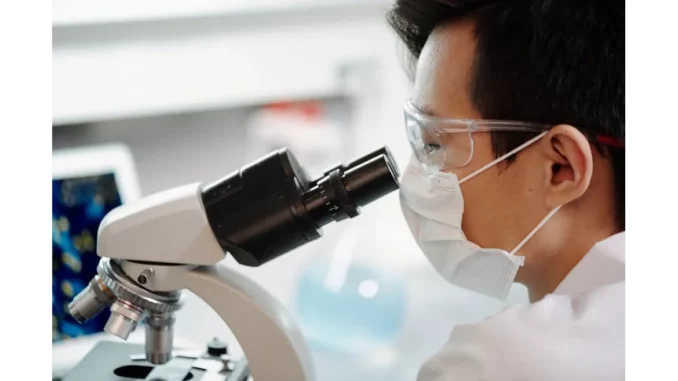
Artificial organs have emerged as one of the most revolutionary advancements in modern healthcare. With the persistent shortage of donor organs failing to meet the ever-growing demand for transplants, the development of artificial organs presents a vital solution to this pressing challenge. In a recent conversation with Dr. Michael Harris, a leading figure in artificial organ research and head of a research team at a renowned biomedical engineering institute, I gained insights into the complexities and potential of this rapidly expanding field.
Dr. Harris began by painting a stark picture of the current state of organ transplantation. “The donor organ shortage is a major issue,” he stated, noting that each year, thousands of patients join the transplant waiting list, yet only a small fraction receive the organs they need in time. He emphasised that artificial organs are not merely an impressive scientific feat but an essential advancement. “They are a necessity,” he declared, underlining their critical role in addressing the gap between supply and demand.
The artificial organ market has witnessed remarkable growth, propelled by advances in biotechnology and material sciences. Valued at USD 23.16 billion in 2022, it is projected to soar to USD 42.24 billion by 2030. Dr. Harris highlighted that this growth is not merely a matter of economic figures but signifies the potential to save and improve countless lives. Tracing the history of artificial organ development, he recalled the invention of the dialysis machine in the mid-20th century and the introduction of the total artificial heart (TAH) in the 1980s. “We’re not just replacing organs anymore,” he remarked. “We’re replicating their functions with increasing precision through bioartificial systems.”
A pivotal trend in this market is the fusion of biotechnology with traditional mechanical devices. Dr. Harris illustrated this with the example of bioartificial kidneys, which combine living cells with synthetic materials to minimise rejection and enhance performance. This integration is pivotal for the future of artificial organ technology, presenting a promising avenue for innovation. Our discussion also ventured into the realm of 3D bioprinting, a technology that holds the potential to revolutionise organ replacement. “Imagine printing a customised organ tailored to a patient’s needs,” Dr. Harris enthused. “This is not just a dream; it’s happening now, and it could transform our approach to organ replacement.”
The conversation then turned to wearable artificial organs, with Dr. Harris expressing optimism about their potential. Devices such as the wearable kidney offer patients greater mobility and comfort while performing critical organ functions. This represents a paradigm shift in patient care, moving away from invasive surgeries to more patient-friendly solutions. Furthermore, Dr. Harris touched upon the critical role of stem cell research in enhancing the capabilities of artificial organs. “Stem cells have the unique ability to regenerate damaged tissues and even create new organs,” he explained. This groundbreaking research could eventually lead to fully functional, patient-specific organs, fundamentally reshaping the landscape of organ transplantation.
Dr. Harris identified several factors driving the growth of the artificial organ market, including the rising incidence of organ failure due to chronic diseases and the global ageing population. These factors contribute to the increasing demand for organ replacements, and artificial organs offer a viable solution to meet this demand. He also underscored the significance of government and private investment in research and development, emphasising their crucial role in accelerating technological advancements and making artificial organs more accessible. Dr. Harris praised the regulatory support from organisations such as the FDA and EMA, which provide clear guidelines for the development and approval of artificial organs.
In reflecting on our conversation, Dr. Harris expressed optimism for the future. “The artificial organ market is poised for transformative growth,” he noted. With ongoing research, investment, and innovation, there is a promising horizon for providing sustainable and life-saving alternatives to patients facing life-threatening conditions. This enlightening discussion with Dr. Harris highlights the pivotal role that artificial organs play in modern healthcare. As the market continues to evolve, it not only addresses the urgent need for organ transplants but also redefines the possibilities in treating organ failure, offering hope to millions worldwide.


Be the first to comment